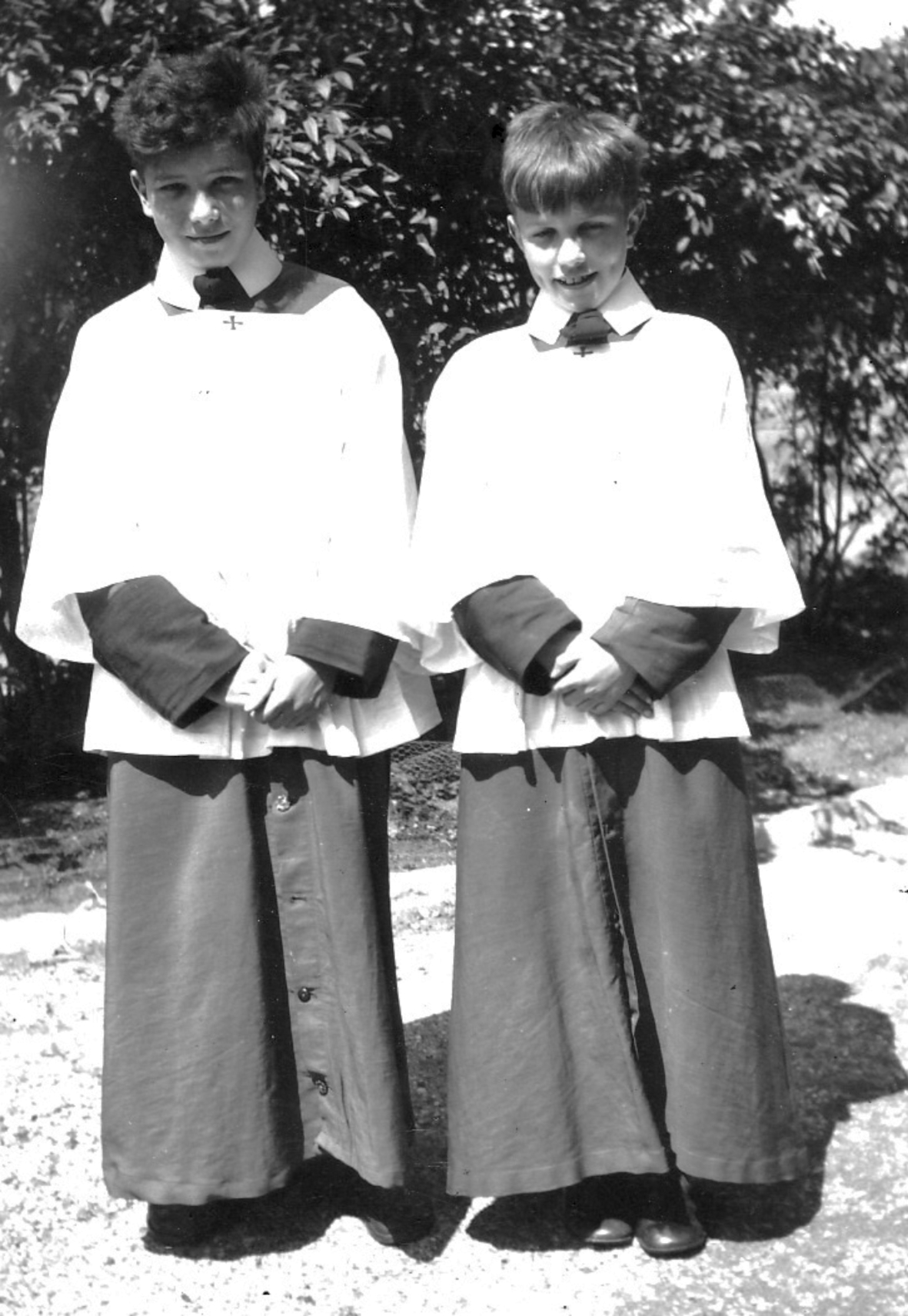Berkeley’s Sacred Choral Music
The American composer and online reviewer Steve Schwartz takes a critical look at Berkeley’s sacred choral music
A composer once gushed to Vaughan Williams that he had written his oratorio ‘on my knees’. Vaughan Williams replied, ‘I wrote Sancta Civitas on my bum’. How much do sincerity and a pure heart count for in art? Having heard great sacred music from both vigorous atheists and pious believers, I’d have to conclude not very much. As far as results go, there’s little to choose between them. For every Poulenc or Messiaen, you can find a Vaughan Williams or a Bernard Stevens.
Lennox Berkeley was, with Constant Lambert, one of the two prominent Stravinskians in England from between the wars to mid-century. He studied with Nadia Boulanger and wrote some of the most elegant music in Britain, much of it with Stravinsky’s Concerto in E-flat (Dumbarton Oaks), as the model. He converted to Roman Catholicism in the late Twenties, and during the Thirties became vaguely leftist, but religion more than politics drove his art, especially during and after World War II. In the Fifties, his music began to change, as he dropped the pastiche elements of neoclassicism and began to work in a more dissonant idiom; the Violin Concerto and the Third Symphony are characteristic of this later period. I prefer his earlier, sprightlier days. Paradoxically, the neoclassicism gives his music more of a personality.
However, in his religious music, Berkeley explicitly wanted to avoid the personal. In terms of his aims, he’s not all that successful. But for most listeners, this turns out a blessing.
Berkeley engages in several modes of religious musical expression. Crux fidelis (Op. 43/1) has some of the austerity of Poulenc’s Quatre motets pour un temps de penitence [1939], as well as the stinging ornament of Britten’s Missa brevis [1959]. Berkeley always writes with superb craft and grace, but he’s not that individual a melodist. The themes don’t get their hooks into you, as Poulenc’s and Britten’s do. Berkeley’s music attracts more subtly, as one might admire or even love the well-made fit of Shaker furniture or the polish of a Brancusi sculpture. Berkeley’s own Missa brevis [1960] packs a lot of music into a small space, with gorgeous imitative counterpoint in almost every bar, but it runs cooler than the motet, as does the Magnificat and Nunc dimittis, with its very Britten-ish organ part, one of Berkeley’s few works specifically for the Anglican Church.
His setting of Psalm 23, written fairly late in his career, displays both his characteristic virtues and his characteristic shortcomings. There’s nothing to complain of per se, but it does nothing to surprise you. The opening strains are pastoral, and the Valley of the Shadow of Death gets laced with dissonance, before the pastoral mood returns. The choral writing is harder to bring off than it sounds, but the effort yields only relatively meagre results. Psalm 23 counts as one of the best known of all the psalms and has attracted a lot of composers. All the more reason, then, to come up with something above the run of a very busy mill.
On the other hand, Look up, sweet babe (Op. 43/2) to a text by the Catholic metaphysical poet Richard Crashaw, is nothing short of gorgeous, using exactly the same rhetorical strategies. Berkeley has a strong affinity to the metaphysicals and has gone to period texts for many of his works, and this setting reminds me somewhat of Herbert Howells.
The Three Latin Motets (Op. 83/1) for unaccompanied chorus fare even better. The choral writing poses greater difficulties, but Berkeley’s invention burns brighter. We still don’t have particularly dramatic settings, but they don’t have to be. Berkeley’s music again works at a subtler level. The concluding Regina coeli, for example, begins as a straightforward, quick triple-time dance, as an expression of the word laetare (rejoice), before it takes off for the harmonic ether.

Commissioned by the remarkable Walter Hussey, who also got Britten’s Rejoice in the Lamb and Bernstein’s Chichester Psalms, Berkeley’s A Festival Anthem counts as the odd duck in the programme [of the Naxos CD ‘Lennox Berkeley – Sacred Choral Music’ – see note below]. The most elaborately conceived of all the works on the CD, it wears drama like a badge of honour, with extreme contrasts of almost military pomp and Mendelssohnian tenderness. It falls into four large parts: a setting of the sequence – in English – Jerusalem et Sion filiae (Daughters of Jerusalem and Sion) and of two metaphysicals: part of George Herbert’s The Flower, and Henry Vaughan’s Easter Hymn. Why Berkeley turned out something so contrary to his feelings of proper worship might be explained by the ‘festival’ part of the title, or perhaps by the fact that he wrote for Anglicans, rather than for his own church.
For me, however, the Mass for Five [a cappella] Voices, represents the peak of Berkeley’s choral achievement. ‘Impersonality’ be damned, this setting is extremely personal, even dramatic, although not in a Verdian way. It’s another Missa brevis in all but name: in both works Berkeley omits the ‘Credo’, and the running time is the same. Like all of Berkeley’s music, the structure is meticulously worked out, with motifs in one section showing up in another and always with some point. But again one finds the drama in the architecture, rather than in word-painting or in an attempt to evoke psychology. Berkeley kicks the choral counterpoint up a notch, compared to most of the other works here. Despite its brevity, the score evokes the monumentality, space, and coolness of a cathedral. The hell of it is, this Five-part Mass will probably not be used as a Mass setting anytime soon, at least in the U.S. where the Catholic Church prefers mediocrity in music.